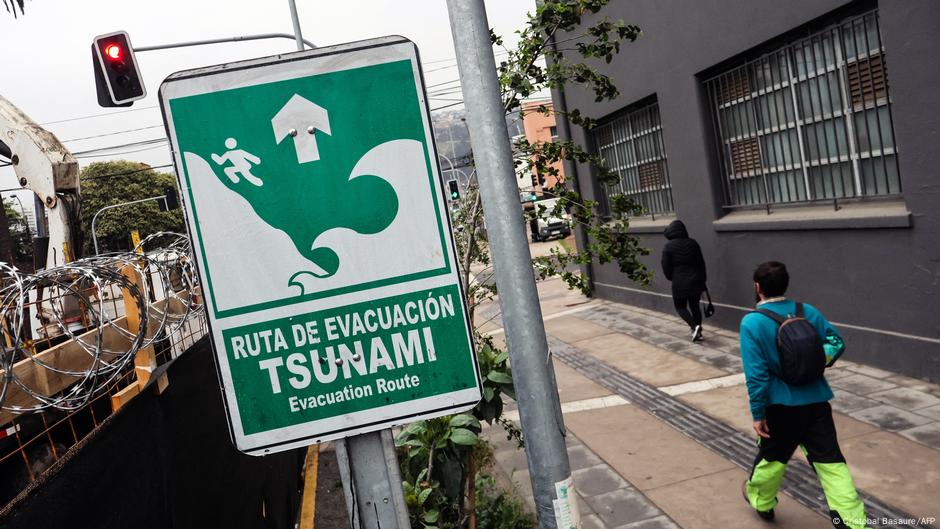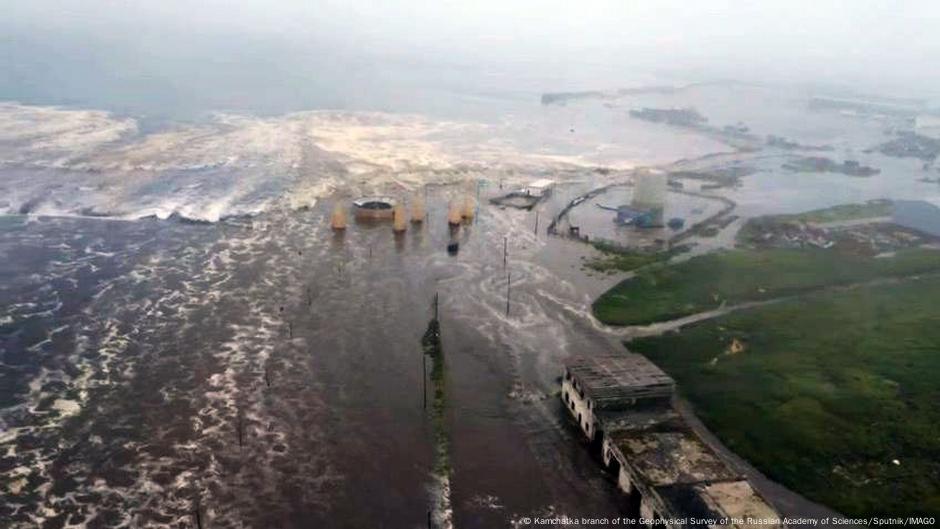The 90-day truce announced in May after talks in Geneva paused an escalating trade war between the world’s two largest economies, who had threatened to impose tariffs of more than 100% on each other.
After the Geneva meetings, US tariffs on Chinese goods were reduced from 145% to 30%, while China’s retaliatory tariffs dropped from 125% to 10%.
While the two rival powers have signaled that they are open to extending the negotiations beyond the August 12 deadline and avoid tariffs surging to pre-Geneva levels, key differences remain unresolved after the talks in the Swedish capital.
This latest round of negotiations “showed no material difference from the previous two” and still reflected “a case of waiting things out in hopes of a shift,” Claus Soong, an analyst at the Mercator Institute for China Studies (MERICS) in Berlin, told DW.
Scott Bessent (left) has been leading the US team in negotiations with ChinaImage: Li Ying/Xinhua via AP/picture alliance
Both sides deadlocked
Whether the pause will be extended now depends on US President Donald Trump, who is expected to decide after a full briefing.
Treasury Secretary Scott Bessent, who led the US delegation in Stockholm, called the meetings “constructive,” but he stressed that “nothing is agreed until we speak with President Trump.”
US officials warned that failure to reach a deal could see tariffs on Chinese goods surge back to triple-digit levels. China confirmed efforts to prolong the 90-day pause on most reciprocal tariffs.
The US-China trade dispute as well as the US leader’s trade policies with most of his country’s partners has caused global uncertainty and impacted economic growth.
And while the International Monetary Fund (IMF) said the recent easing of some tariffs has helped raise its global growth forecast to 3%, it warned that higher tariffs would create more uncertainty that could lead to slower economic activity.
Trump’s tariff threats: Using trade as a weapon?
To view this video please enable JavaScript, and consider upgrading to a web browser that supports HTML5 video
Buying time until Xi and Trump meet
Dr. Patricia M. Kim, a fellow at the Brookings Institution’s John L. Thornton China Center, told DW that recent weeks have seen both sides look to moderate their rhetoric, “signaling a mutual interest in creating the conditions for a leader-level meeting.”
While no agreement was announced, both sides seem to have “achieved their immediate objective from this meeting — to extend the trade truce, buying time to work toward a broader deal that Presidents Trump and Xi [Jinping] could endorse when they meet later this year,” she added.
There have been reports that the two leaders could meet on the sidelines of the Asia-Pacific Economic Cooperation summit in South Korea being held from October 30 to November 1.
Trump this week denied that he was “seeking a summit,” although he did not rule out traveling to China to meet with Xi Jinping.
The US delegation went into the talks in Stockholm just days after Trump secured a deal with the EU, which many in the bloc say favors the US.
The US has also recently signed deals with Japan, the United Kingdom, Vietnam, Indonesia, and the Philippines, giving the trade delegation in Stockholm a boost as it renewed talks with China.
Rare earths vs. AI chips: Strategic bargaining tools
But after a string of wins, Washington is finding out that striking a favorable deal with China might not be so easy.
A core element of the standoff revolves around China’s dominance over rare earth materials and US restrictions on AI chip exports.
At trade talks in London in June, export controls were formally included in trade discussions, an unprecedented move that blurred the lines between trade and national security.
After London, both countries signaled a potential easing of restrictions on rare earths and semiconductor exports.
According to MERICS expert Soong, China has the upper hand in this area, as the “chip card” is less effective than rare earths.
“China can leverage its control over the global market for rare earth materials and magnets,” he said, which are crucial for the world’s car, semiconductor and aerospace industries.
“Rare earth control is the real pain point,” Soong added.
How China outsmarted Europe and the US on rare earths
To view this video please enable JavaScript, and consider upgrading to a web browser that supports HTML5 video
Fentanyl tariffs
In February Trump imposed a 20% tariff, claiming China had failed to curb fentanyl precursor exports.
While most of the Geneva-era tariffs were later scaled down, the 20% fentanyl-related tariffs remain in place.
In what was widely seen as a gesture of goodwill and a bid to de-escalate trade tensions, in late June Beijing added two fentanyl precursors to its list of controlled substances.
While that move raised hopes that the related duties might be lifted, Soong cautioned that “the fentanyl-related tariffs appear to serve primarily as a pretext.”
“Given that their removal would lower the overall tariff rate to just 10% — potentially below the levels applied to Japan and the EU — such a move seems improbable,” he said.
Soong added that even if the 20% fentanyl tariff is scrapped, “equivalent measures would likely be reintroduced under a different justification.”
What China is doing to win Trump’s trade war
To view this video please enable JavaScript, and consider upgrading to a web browser that supports HTML5 video
Broader strategic and economic issues
In an interview with Fox Business ahead of the Stockholm talks, Bessent pointed out that China accounts for 30% of global manufacturing exports.
“It should not get any larger,” Bessent said, adding that China’s “is an unsustainable, historically the most imbalanced economy, thus a shift towards a domestic consumption-centered economy is necessary.”
Dr. Kim said that given Beijing’s own recognition of those economic imbalances, US concerns about Chinese overcapacity or the need for consumer-driven growth may be manageable.
She highlighted how some of their interests are aligned — namely Chinese purchases of non-strategic US goods, Chinese investment in non-sensitive US sectors, and cooperation on fentanyl.
But when the negotiations go beyond trade and enter “the strategic realm, they will get more challenging,” Kim said.
“It’s hard to imagine Beijing agreeing to side with the US against its strategic partners,” she said, referring to the Trump administration pressing China on their purchases of Russian and Iranian oil.
China, Dr Kim explained, will “certainly have demands” of their own, including pushing the Trump administration to adopt their preferred language and stance on Taiwan, and to commit to exempt export restrictions on high-tech goods.
“Such issues that cut against the core strategic interests of both sides will prove more difficult to resolve,” Kim said.
Edited by: Karl Sexton
Send us your feedback
Sursa: DW









